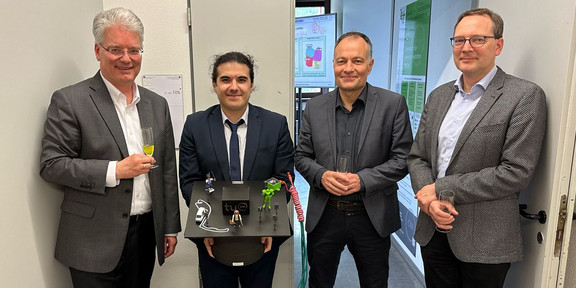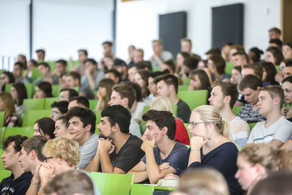Dissertation on AI-based Network Slicing and Private Network Planning successfully defended
- News
- Type
- News

With the introduction of 5G networks, 100 MHz spectrum was made available for so-called campus networks at the request of industrial users in addition to the frequencies for public networks. These campus networks allow private organizations, especially companies with high mobile networking requirements, to set up and operate their own 5G networks. This is accompanied by the challenge of efficiently planning this new type of local cellular radio network and complying with the strict regulatory requirements.
Another innovation of 5G mobile technology is the ability to define virtually delimited areas, so-called "network slices", within a physical 5G network without these areas interfering with each other. In this way, application-specific performance profiles can be defined and guaranteed in both public and private networks. Here too, however, the challenging question arises as to how the slices within the network can be dimensioned to efficiently utilize the limited spectrum. Due to changing framework conditions, dynamic adaptation of the use of resources is desirable here.
The results presented by Caner Bektas are not only of high practical relevance in the currently ongoing introduction phase of operational 5G campus networks and will also be made available to a broad user community via the 5G.NRW campus network planner. The work also makes important fundamental contributions to 6G research, for which the targeted use of artificial intelligence methods is a key component.




